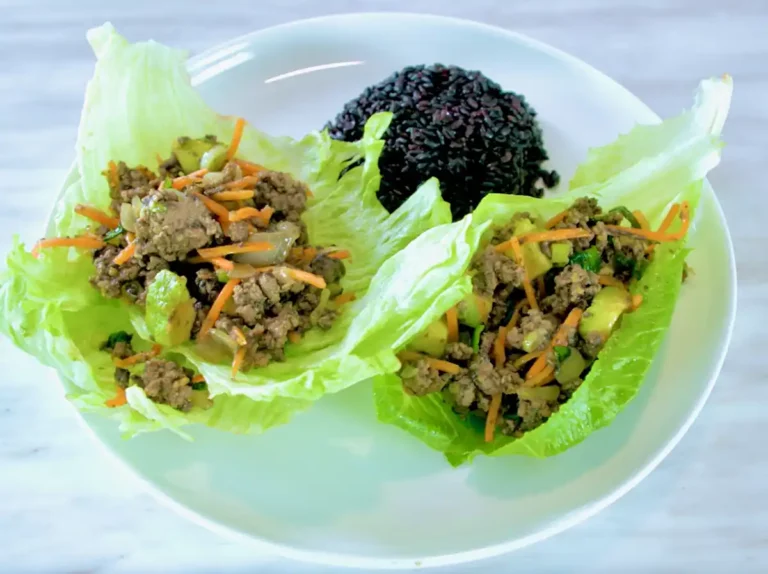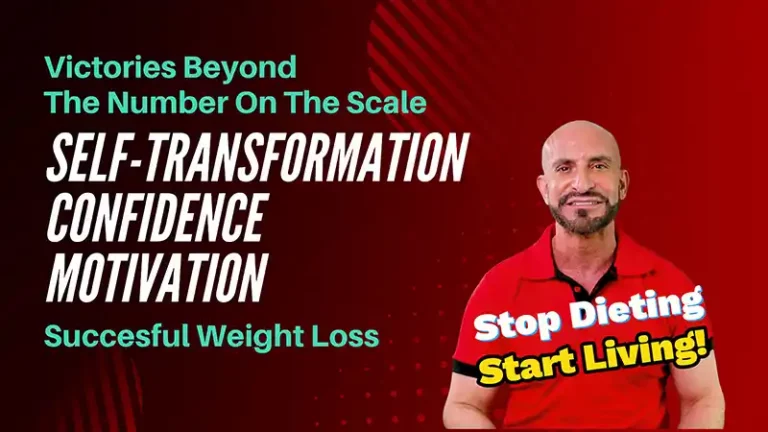You’ve heard of gluten and the wonders that cutting it out can do (for some), but what about FODMAPs? There are plenty of fad diets to go around, but the low-FODMAP diet is not one of them. It’s actually backed by science in its ability to improve gut and digestive health. However, what the heck is a FODMAP and should you be avoiding them? Maybe so, maybe not. Let’s investigate.
What are FODMAPs?
FODMAP is an acronym that stands for a lot of big words which are Fermentable Oligosaccharides Disaccharides Monosaccharides and Polyols.
Now, unless you’re very learned in biochemistry or nutrition, that all looks like a bunch of gibberish to you. To sum it up, oligosaccharides, disaccharides and monosaccharides are sugars that are hard to digest. The list of foods that contain FODMAPs is quite long, but I can tell you they are mostly plant foods and dairy. As a note, fructose (a monosaccharide) in excess causes GI distress in almost all individuals due to its unique digestive process. These compounds are “fermentable,” meaning that when the bacteria in the gut breaks them down, in some people, they can produce gas that causes bloating, gas, and discomfort. In some cases, these compounds can cause nausea and diarrhea as well due to their ability to draw water into the intestine and only partial digestion.
An important note, though, only a small population experience these negative side effects when eating too many FODMAP foods. For others, the effect is quite the opposite. FODMAPs act as prebiotics due to their indigestible fibers. This means that the beneficial bacteria in your gut eat them for food where they grow, multiply and thrive to keep your gut healthy and you feeling good. Therefore, if you don’t experience consistent and frequent stomach pain or GI discomfort after eating, you likely don’t have a FODMAP sensitivity and eating these indigestible fibers is actually better for you than avoiding them.
How Do You Know If a Low-FODMAP Diet is for You?
The symptoms of eating FODMAPs may sound scary, but they don’t happen to everyone. Therefore, you should know right away that if you don’t generally get an upset stomach after eating, you probably don’t need to change your diet. There is a lot of misinformation going around in which people are recommending a low-FODMAP diet to everyone who experiences bloating and this is just irresponsible. This is because there are multiple factors that can cause bloating not related to FODMAPs and cutting down on FODMAPs, which are usually very nutritious foods, can do more harm than good if you don’t have a sensitivity.
However, if you have any of the following conditions, a low-FODMAP diet may help:
- GI discomfort
- Inflammatory bowel disease (Crohn’s, ulcerative colitis)
- Irritable bowel syndrome (IBS)
- Lactose malabsorption
Due to the demonization of gluten, many people jump to the conclusion that it is gluten that is the cause of their tummy troubles, but that’s not always the case. Therefore, if you have this suspicion and you haven’t been diagnosed with bona fide celiac disease, a low FODMAP diet may be beneficial. Due to the complex nature of the conditions listed above, medications aren’t always totally effective, so many turn to a low-FODMAP diet for help. A study done in 2012 actually showed that a low-FODMAP diet helped abate the symptoms of IBS in 74% of patients.
So, can you test for FODMAP sensitivity? Some say that breath tests do the trick, but only a fructose, sorbitol and lactose can be identified which doesn’t give the full picture. Therefore, the most effective way to tell is by following a low-FODMAP diet with the guidance of a dietitian. By reducing your intake of FODMAPs you can slowly reintroduce them while paying close attention to how you feel and figure out the affecting foods.
What Does a Low-FODMAP Diet Look Like?
The low FODMAP period, usually lasting 6-8 weeks. It is vital to know that this is a low FODMAP, not no FODMAP diet. The fact is, many FODMAP foods are very nutritious, so cutting them out completely would do the body more harm than good. The key to a low FODMAP diet is eliminating some and then reintroducing them slowly to decipher what you can and cannot tolerate. The guidance of dietitian during this process is crucial. Below is a table of some high-FODMAP foods and their low-FODMAP alternatives, courtesy of Monash University. This table is not comprehensive as there are a large number of low and high FODMAP foods.
When you’ve narrowed down the FODMAP(s) you’re most sensitive to, you may start taking digestive enzyme supplements to help you break them down so you can still enjoy them. A lot of “experts” will tell you that apple cider vinegar will help with this digestion, but no research has supported this. It’s true that apple cider vinegar can help glucose spikes, but anyone telling you it will help with IBS or any other digestive discomfort is not giving science-based information.
The bottom line?
It’s important that, before starting a low-FODMAP diet, you consult a doctor to be sure you don’t actually have something more serious going on with your gut such as celiac disease, cancer or allergies. Also, the diet isn’t for everyone, so it’s not necessary to jump on it if you aren’t experiencing significant GI distress.






